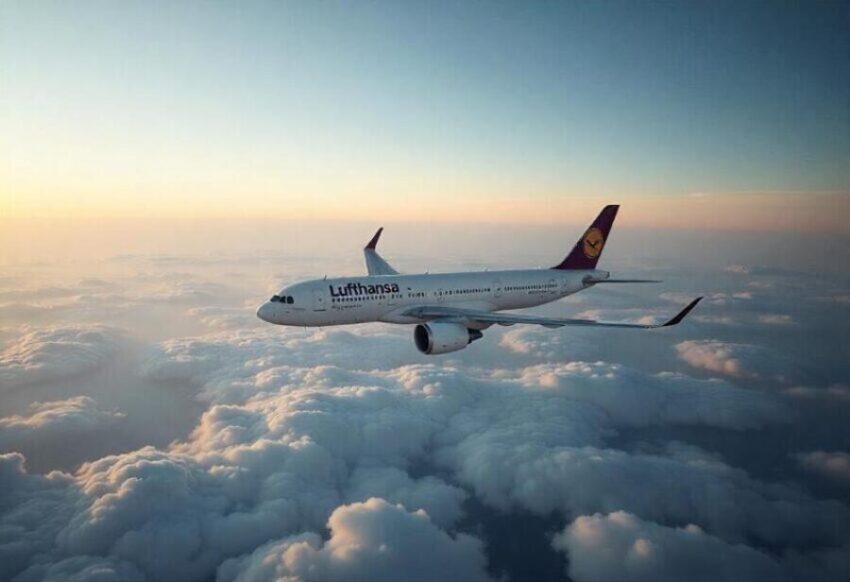Lufthansa’s US Travel Forecast: A Perfect Storm of Challenges

Lufthansa, Europe’s largest airline group, is preparing for a sharp decline in travel demand to the United States, citing a trio of disruptive factors: economic uncertainty, geopolitical tensions, and rising trade barriers. This anticipated slump could reshape transatlantic travel dynamics and force airlines to rethink their strategies.
Why Is US Travel Demand Declining?
The airline points to three key pressures:
- Economic Headwinds: Inflation and potential recessions in key markets are causing travelers to tighten budgets.
- Geopolitical Strains: Ongoing conflicts and diplomatic tensions are making long-haul travel less appealing.
- Trade Barriers: New tariffs and aviation regulations are increasing operational costs for airlines.
How Lufthansa Is Adapting
To mitigate losses, Lufthansa is reportedly considering:
- Reducing flight frequencies on less profitable US routes.
- Reallocating aircraft to more stable markets in Asia and the Middle East.
- Introducing dynamic pricing models to maximize revenue from remaining passengers.
What This Means for Travelers
Passengers may face:
- Fewer flight options and higher ticket prices on remaining routes.
- Potential discontinuation of less popular US destinations from Lufthansa’s network.
- Increased competition for seats during peak travel seasons.
The Bigger Picture for Aviation
Lufthansa’s challenges reflect broader industry trends. Airlines worldwide are grappling with volatile fuel prices, labor shortages, and shifting traveler priorities. The US market, once a reliable profit center, is becoming increasingly unpredictable due to external pressures.
Bottom Line: While Lufthansa remains committed to the US, its strategic adjustments signal a cautious approach. Travelers should monitor updates and book flights early to secure the best deals amid potential route cuts.







